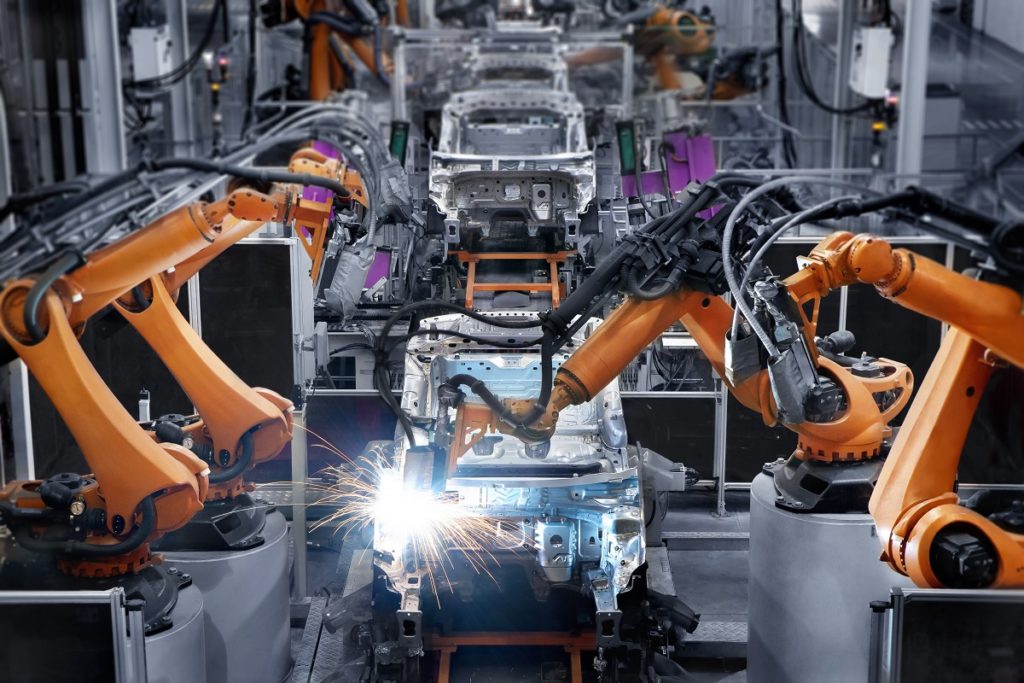 The current workforce is rapidly becoming unfamiliar to many manufacturers. The evolved skillsets and different career goals of the millennial workforce poses a challenge for the manufacturing industry to keep up and reduce public misconceptions about it.
The current workforce is rapidly becoming unfamiliar to many manufacturers. The evolved skillsets and different career goals of the millennial workforce poses a challenge for the manufacturing industry to keep up and reduce public misconceptions about it.
PeopleReady notes that jobs in the manufacturing sector can be highly specialized and require employees to have a deep understanding of the craft. The misalignment between the new workforce and skillset required contributes to the gap and shortage in the industry.
Workforce Gap of the Manufacturing Industry
A study conducted by Deloitte found a mismatch between value and public perceptions of a career in manufacturing. Americans valued the manufacturing sector highly, with 83% holding the belief that it is important to the country’s economic prosperity and seven out of ten believing more money should be invested in manufacturing. However, the same Americans were reluctant to choose careers in this sector. One-third would not encourage their children to pursue manufacturing jobs because they were worried about security and stability (77%), believed it was not a strong career path (70%), and assumed pay would not be enough (64%).
Millennials were also found to rank the manufacturing industry as the career destination they preferred the least.
According to the same study, a major workforce gap emerges because of the negative public misperceptions of manufacturing jobs, increasing retirement rates of baby boomers, and the shifting skillsets from the introduction of advanced technologies and automation.
Increasing the Appeal of Manufacturing Jobs
 There are various ways in which manufacturing companies can increase the appeal of working in the industry.
There are various ways in which manufacturing companies can increase the appeal of working in the industry.
- Dispel Misconceptions about the Industry – Companies can highlight the benefits of a manufacturing career and showcase statistics that indicate not only the stability, but also the growth potential in the industry. They can spread information to change inaccurate public perceptions of an outdated and dirty manufacturing workplace.
- Focus on Technologies that Drive Modern Manufacturing – Technology-centered jobs may appeal to those who grew up in the digital age and belong to a technologically savvy generation. Manufacturing companies can compete with these jobs by bringing awareness on the use of new technologies and innovation in the manufacturing sector. Manufacturing jobs can involve advanced robots and augmented and virtual reality devices.
- Improve Recruitment Strategies – Manufacturing companies should ensure that job postings display the manufacturing industry in a positive light and correct misconceptions about its working conditions. Recruitment language should involve indications that the position will not be static and will have lots of room for growth. Manufacturers can indicate potential advancement opportunities or a fast advancing career roadmap.
- Learning and Mentorship Programs – A co-mentoring program between an older and a younger generation employee can improve communication and training among the workforce. The younger member can be taught to understand and embrace the work culture and processes involved. On the other hand, the older member can learn to manage technology and new tools to improve efficiency in the workplace. Manufacturers can also offer programs like internships, apprenticeships, and certification programs for their employees.
To close the workforce gap, manufacturers are advised to improve public perceptions and spreading information about the benefits of this career.

